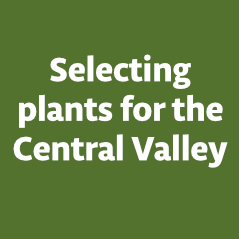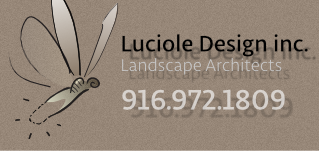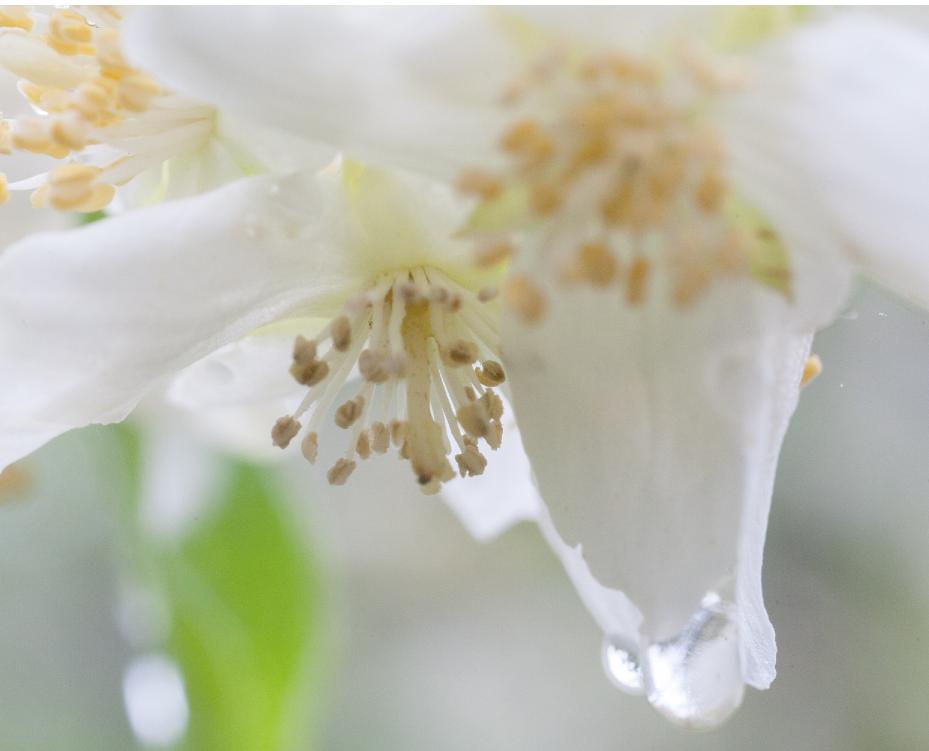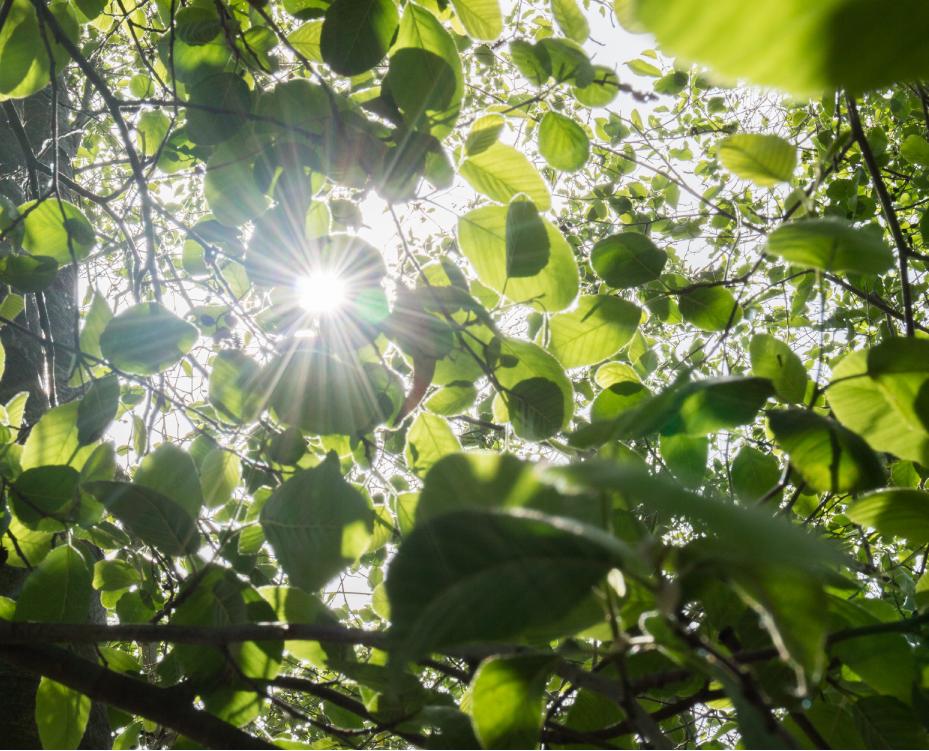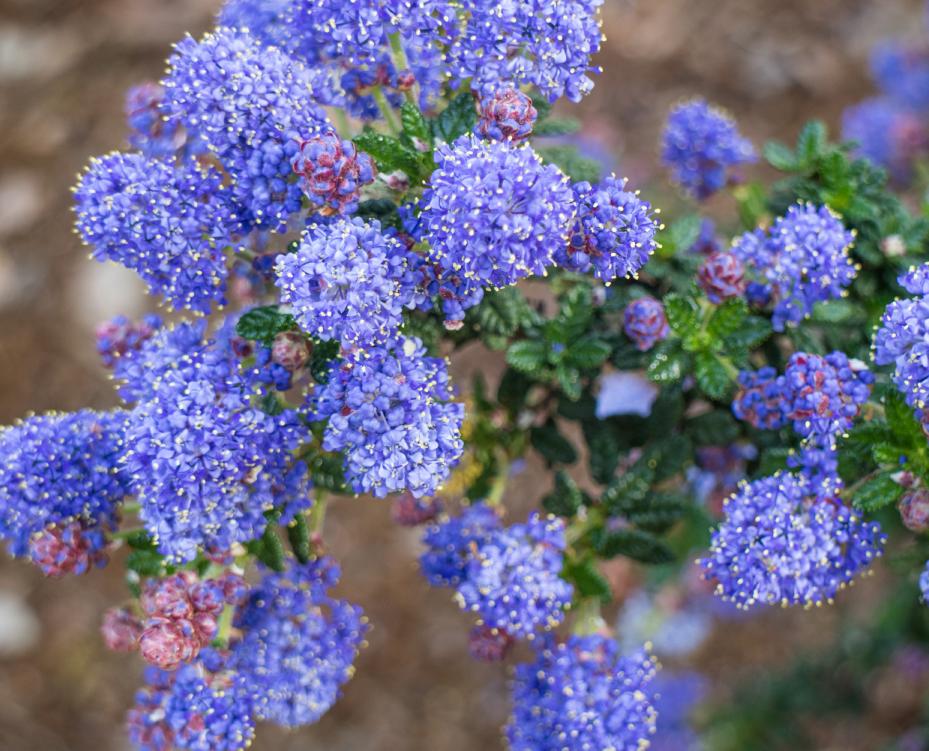About Plants
you can read some notes about what's done well in our garden here.
Conditions for success
Remember that plants can't read. So they don't know that they're supposed to thrive (or not) in your garden.
Of all the aspects of landscape design, plants are the least predictable, since a plant's success depends on all of these things: health of the plant when purchased (diseases...), condition of the plant at purchase (root bound...), care of the plant after purchase, planting time of day, planting season, maintenance after planting, long term maintenance, soil type, irrigation scheduling, normal climate, climate variability (heat, frosts), plant species and variety, nursery location (coastal or inland).
When is the best time to plant?
Here in Mediterranean climate California, the best time to plant is in Fall, before the winter solstice, for native and Mediterranean plants in the Sacramento area. Anything tropical should wait until after the soil warms in Spring.
The catch is that plant availability tends to be greatest in spring when people generally buy plants. Some nurseries will let you order plants for fall delivery.
The start and end of the best planting time varies each year, and isn't always predictable. In 2009, hot dry conditions in fall meant that the ideal planting time was later than normal.
What size plants should I buy?
This is also an area with a bit of controversy. Some say that larger boxed trees are out of balance with respect to root/crown development and will therefore develop more slowly than a smaller tree.
Our experience has been that after five years, there is still a difference between a 15 gallon and 24" box tree, the boxed tree being larger.
For huge, specimen trees you're basically getting a mature tree instantly. These trees can be expensive when the cost of the tree, shipping and planting are considered. They are also not always in the best shape and are more likely to die than container stock. They may need a lot of additional care for an extended period after planting.
For grasses, we like to specify liners. These are tiny, 2" pots that don't cost much. Grasses grow very quickly, so in a couple of years at the most you won't be able to tell what size pots they came from.
Most plants are available in 1 gallon and 5 gallon pots. If money is an issue, you can plant in one gallon (#1) pots and wait a bit more.
About sedge lawns
These lawns, which also can be called meadows, replace traditional turf grasses with native sedges to conserve water and reduce maintenance.
There is a bit of controversy as to which species of sedge is best. If you plant a sedge lawn, be aware that you are embarking on an experiment and might need to mix species or otherwise follow the planting closely to make sure it's working.
The current candidates seem to be California Field Sedge / Clustered Field Sege (Carex praegracilis). Other candidates are Carex pansa and European Gray Sedge (Carex divulsa).
To make things more complicated, the non-native European Gray Sege was being sold as Berkeley Sedge (C. tumulicola), and since sedges are very similar, is probably still being sold under the tumulicola name. So, despite its name, the plant generally being sold as Berkeley Sedge is not native to California. It's from Central Europe, but due to a mistake in identification, it was believed to be native tumulicola sedge. It grows very well here, however.
From what we've seen, Carex praegracilis seems to look best in the Sacramento area in heavy soils. Carex divulsa also is doing well, although it gets a bit taller than the praegracilis.
These plants can be mowed occasionally for a neater look. They cannot, however, take the same amount of traffic as a traditional turf grass lawn - but they're good places to sit occasionally and can be walked on.
